-
35
Average peak-hour speed in kmh of cars in Yangon in 2007.
-
24
Average peak-hour speed in kmh of cars in Yangon in 2013.
-
10-12
Average peak-hour speed in kmh of cars in Yangon in mid-2015.
-
44%
Percentage of bus passengers who spend between one and two hours on their daily commute.
-
Sources: Myanmar Transport Sector Policy Note, Urban Transport. Asian Development Bank (2016), Yangon Traffic Report by auto trading site Motor.com.mm (conducted between late 2014 and early 2015)
World Focus
Race to unlock Yangon's gridlock
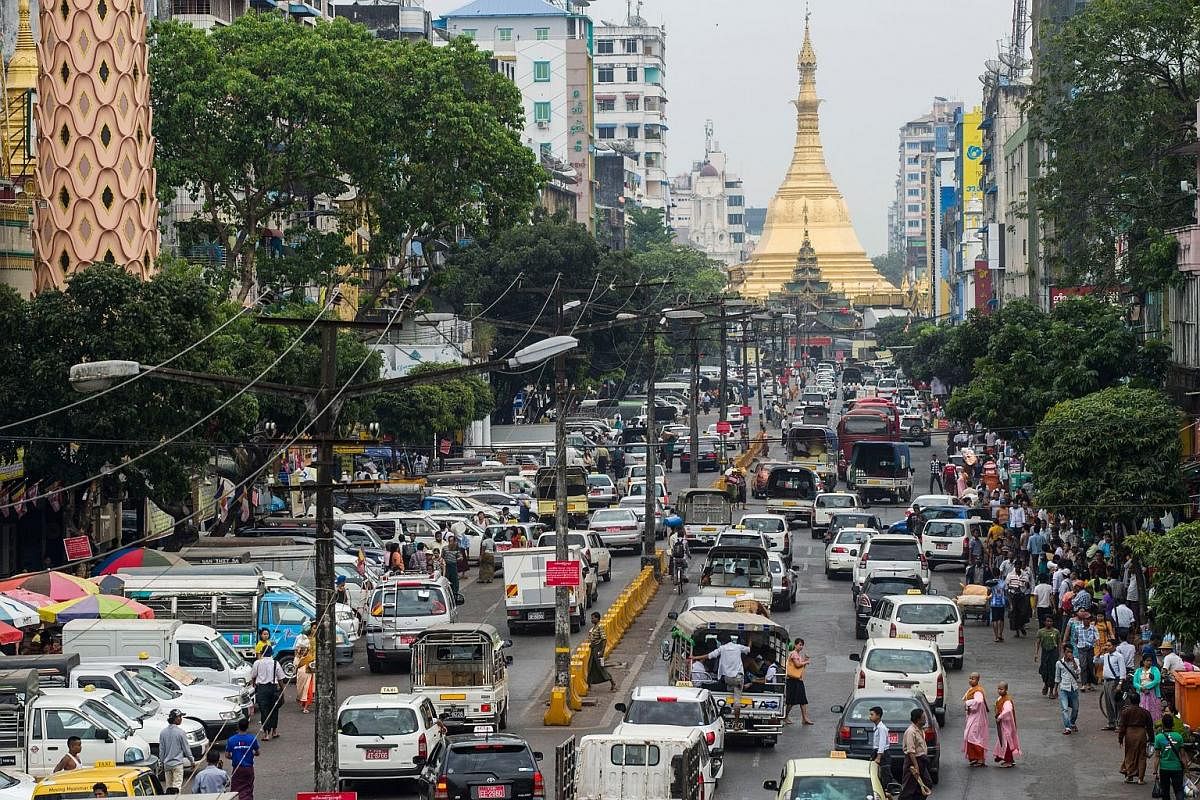
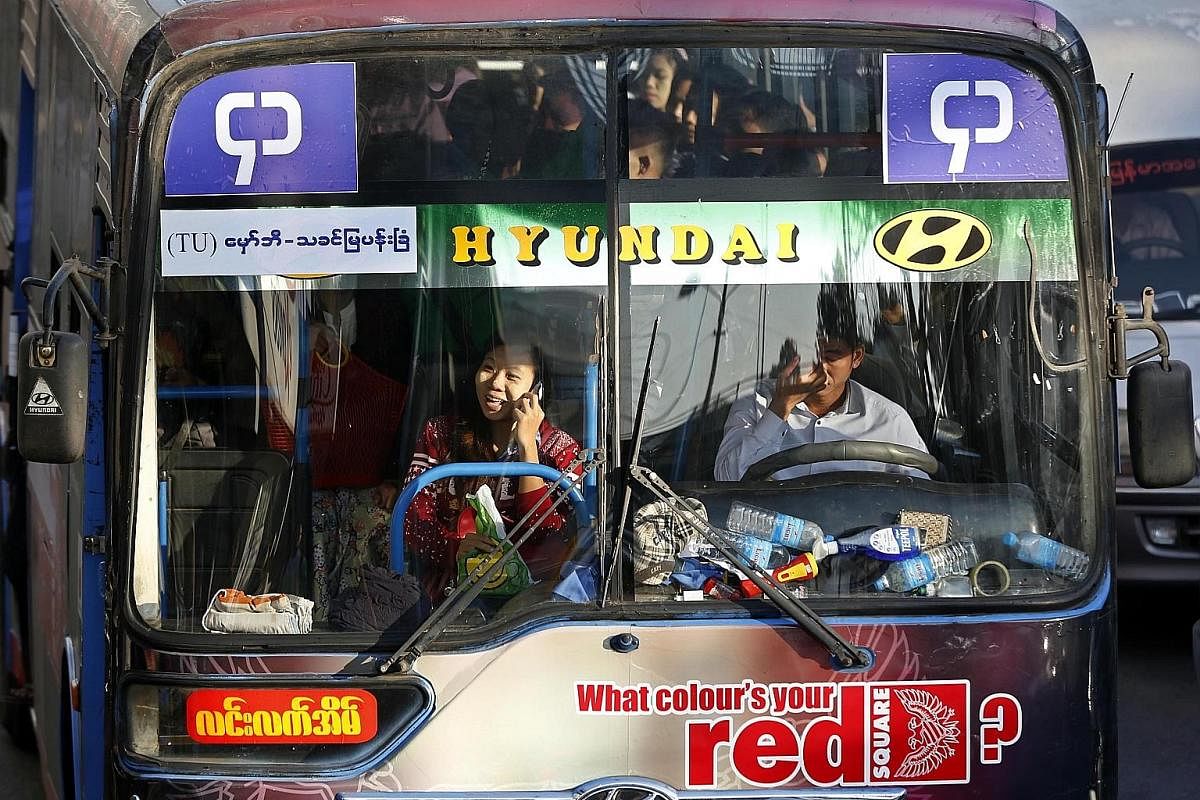
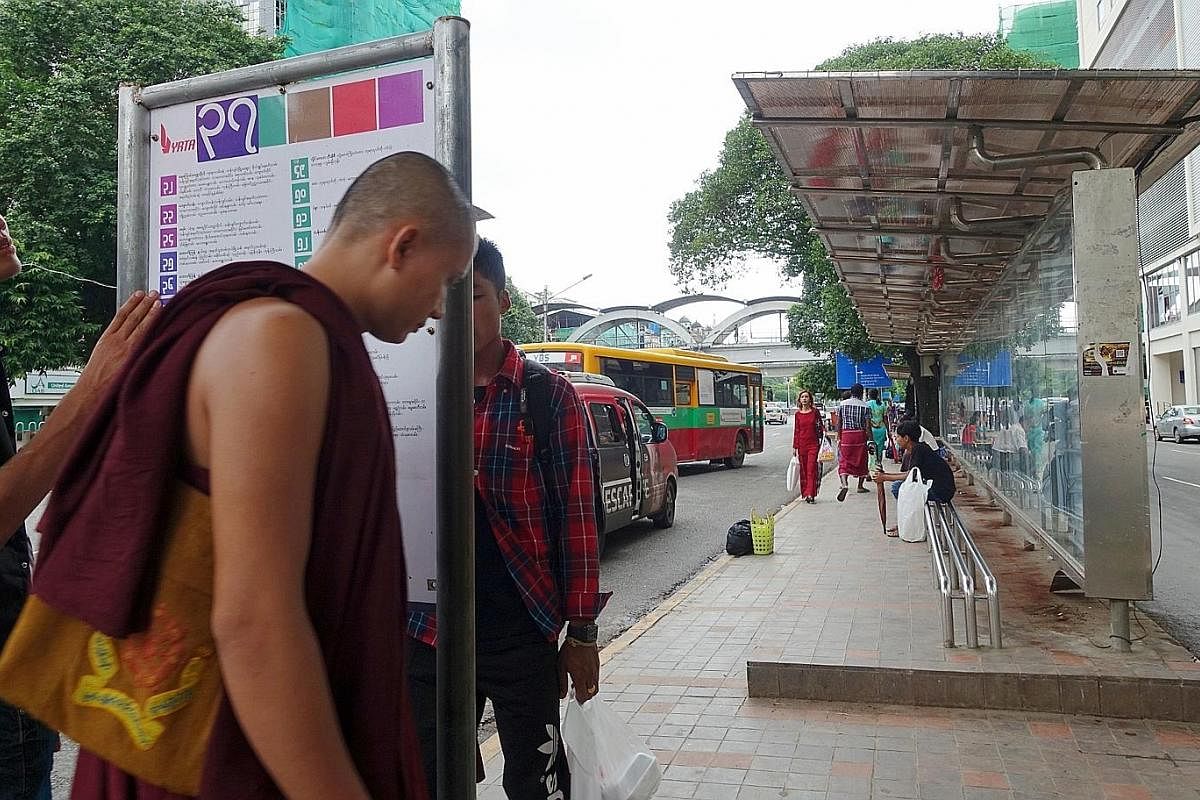
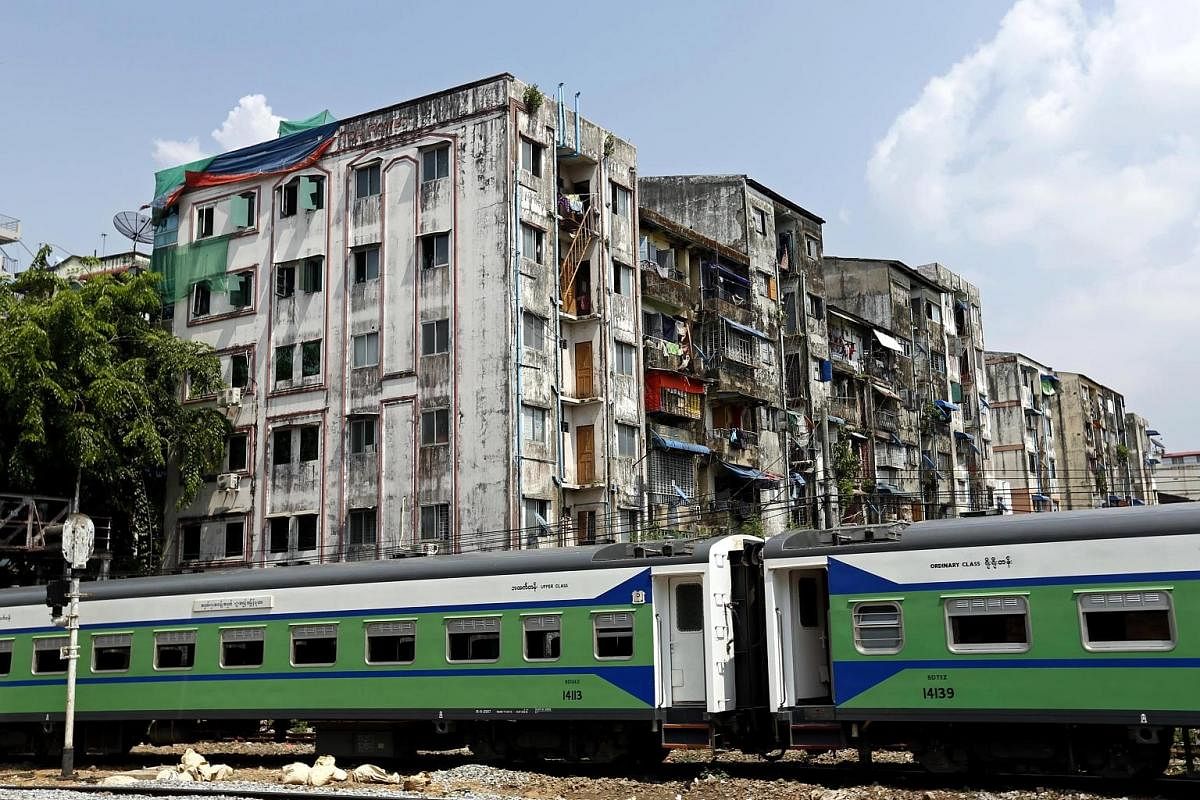
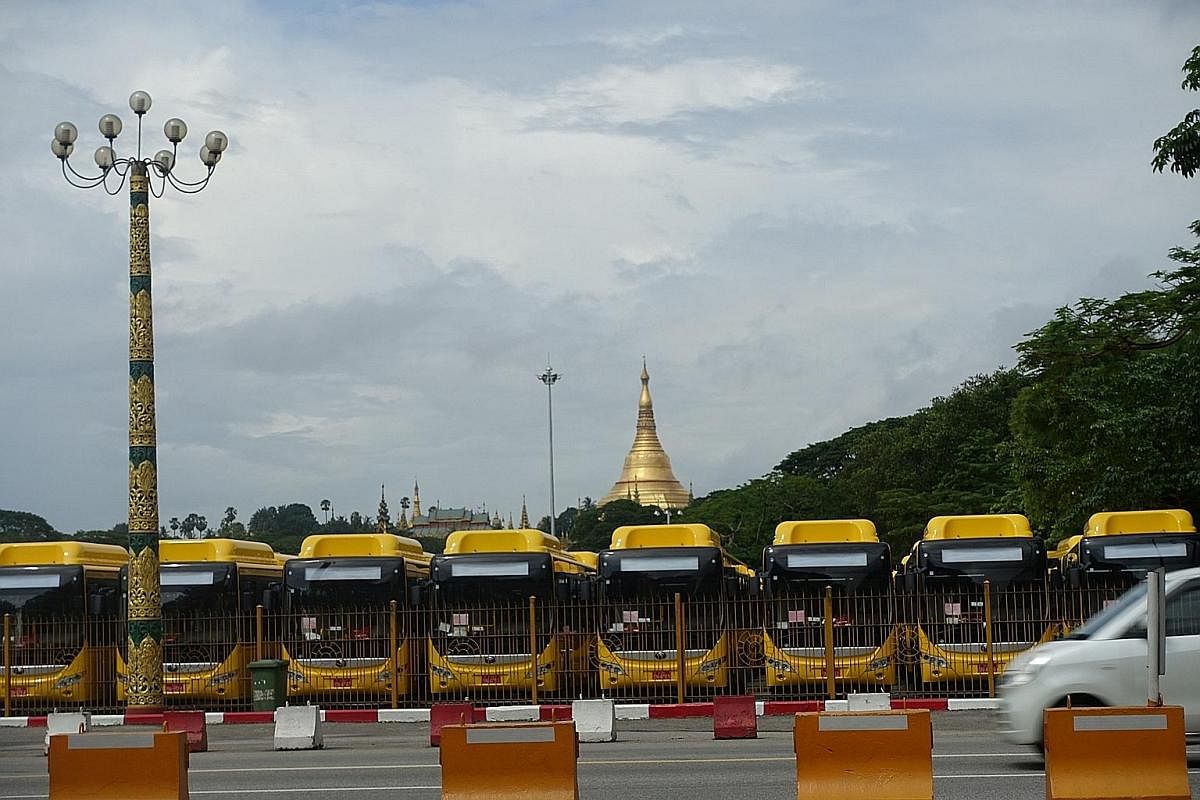
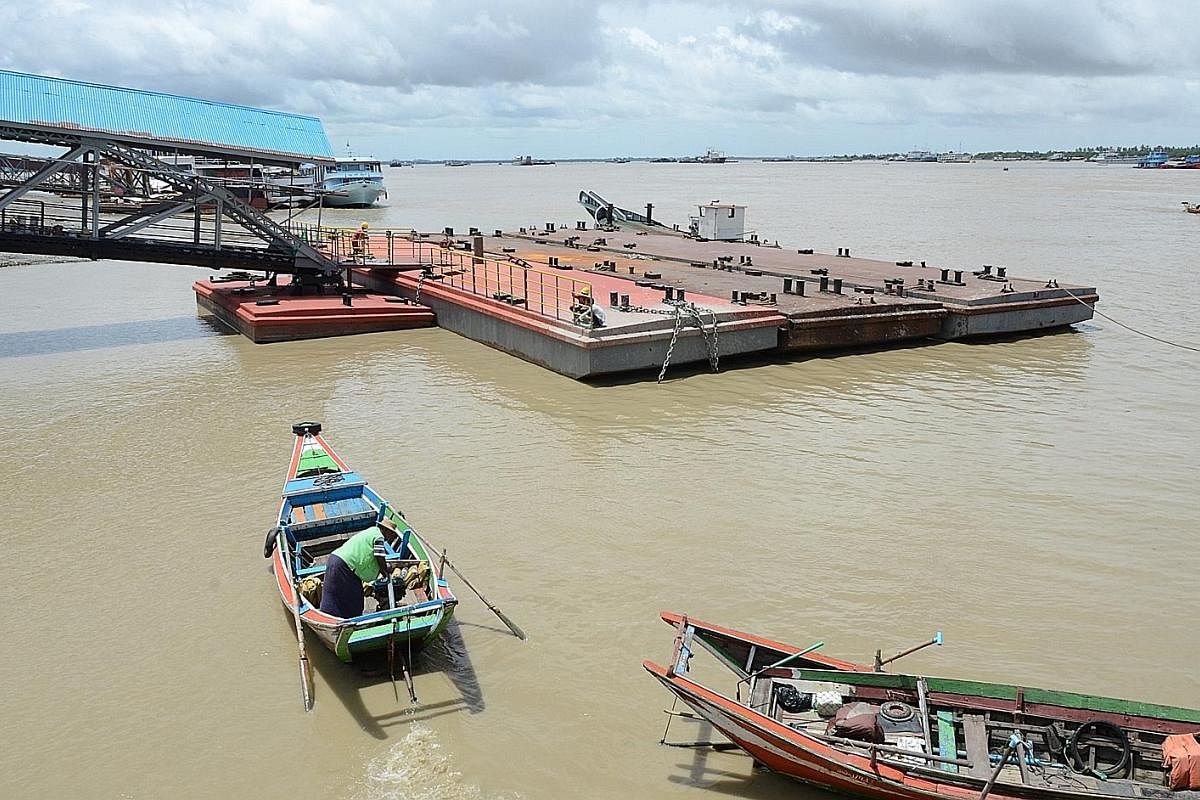
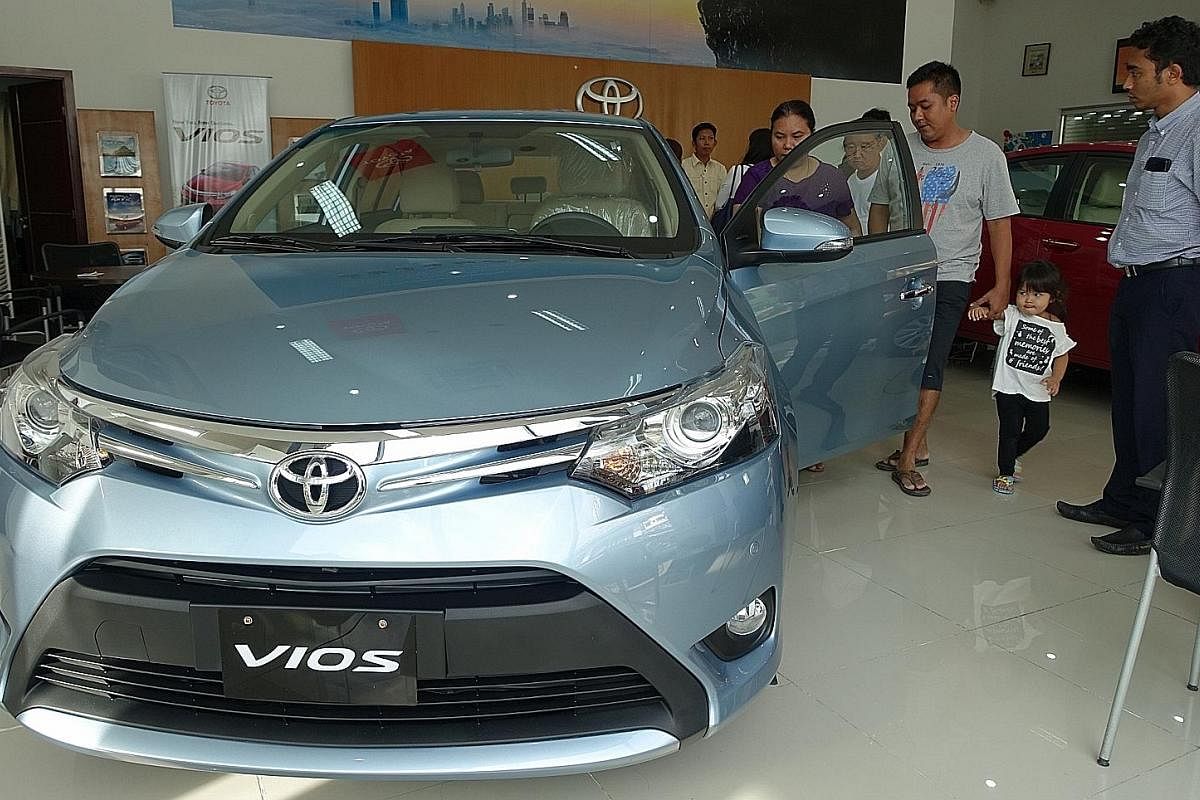
On a repurposed bus still bearing Korean-language transit maps, Mr Soe Than navigates service No. 4 through rush-hour Yangon. Powerful air-conditioning keeps the mix of students, labourers and office workers cool even though bus attendants hang off the side of the vehicle through an open rear door. But it's a long, jerky ride to the suburbs.
"I have been driving here for over 14 years," the driver says. "Nowadays, there is heavy traffic all the way."
Myanmar's largest city is growing rapidly, and its streets are slowing for it. With more cars and few parking spaces, stationary vehicles take up room on the roads, squeezing out the moving ones. Traffic often slows to a crawl during peak hours.
Unlike other South-east Asian cities, motorcycles and bicycles are banned in downtown Yangon. Left with few other choices, 60.8 per cent of commuters turn to buses, according to the Japan International Cooperation Agency (Jica), which is advising the government on this issue. Yangon's ageing trains, in contrast, serve only 1.5 per cent of travellers.
"This transport system is experiencing a quick breakdown," an Asian Development Bank report warned in a report last year.
Traffic jams that used to occur during peak hours at a few junctions are now taking place in many arterial streets, and also at other times of the day.
Left unchecked, it could hurt economic growth, experts warn. It could also widen the social divide, by motivating those with money to buy cars, while damning the rest to even longer bus commutes. The spectre of gridlock afflicting metropolises like Jakarta and Bangkok looms over Yangon's future. Stunted by some five decades of junta rule, Myanmar is a regional laggard that can avoid the city planning mistakes of its wealthier neighbours. But the National League for Democracy government has also inherited peculiar conditions.
The 14-year-old ban on two-wheelers in Yangon is one, imposed officially to ensure road safety, but widely thought to have been triggered by security concerns. Meanwhile, both left-hand- and right-hand-drive cars can be found on its roads.
With import controls eased in 2011, the number of Yangon-registered vehicles almost tripled to 773,237 by June last year. Yangon's 7.4 million population is projected to hit 10.6 million by 2031, according to projections by the Ministry of Labour, Immigration and Population.
Dr Maung Aung, secretary of the Yangon Region Transport Authority, is optimistic. "If we can do better public transportation, and make it very comfortable and very transparent, the people won't use private cars," he tells The Straits Times.
With aid from Jica, Japan's development assistance agency, state-owned Myanma Railways is upgrading a colonial-era 46km circular railway line that links the outer edges of the city to its centre.
In addition, a private company has been given the rights to run a boat service along two waterways forking to the east and west of the city. And there are tentative studies for a future metro.
What has drawn fire though is a revamp of the bus system in January that abruptly slashed the number of bus routes to free up the roads.
"The buses were competing with one another (for business)," explains Dr Maung Aung, a trained economist. "We reduced 330 lines to 60 in January. But many people faced problems, so we gradually changed it. Now we have 86 lines, but that's not the final number. If necessary, we will allow for new lines."
The bus system overhaul is still in progress. Hundreds of gleaming new China-made buses now line a carpark near his office at the Yangon Regional Government, waiting to be deployed once their paperwork is processed.
While that has put the lid on Yangon-registered private cars, it has not stopped new cars registered in other parts of the country from being driven into the city. Some owners have even duplicated licence plates and used the fake ones on new cars.
To counter this, the authorities plan to issue radio frequency identification tags to cars. This will allow cars to be tracked and perhaps fees to be collected from owners of cars registered outside Yangon.
"After solving that problem, we will allow new cars with Yangon licence plates," Dr Maung Aung declares. But he could not say how long that would take.
The ban on motorcycles, ironically, makes it easier to coax commuters onto public transport.
"If we can introduce a good mass transit system, people will voluntarily choose that service," Jica's chief representative in Myanmar, Mr Masayuki Karasawa, tells The Straits Times. "But if they are stuck to motorcycles, which are so convenient, it is harder to convince them."
Persuading the well-off is another matter altogether.
In a Toyota showroom on a Sunday afternoon, off-duty military officer Aung Thit Wai admires a US$19,900 (S$27,000) metallic blue Vios. His wife gets in, starts the ignition and runs her fingers across the dashboard.
"The middle class don't want to use public transport," he says. "It will take time."
Join ST's Telegram channel and get the latest breaking news delivered to you.
A version of this article appeared in the print edition of The Straits Times on August 01, 2017, with the headline Race to unlock Yangon's gridlock. Subscribe
